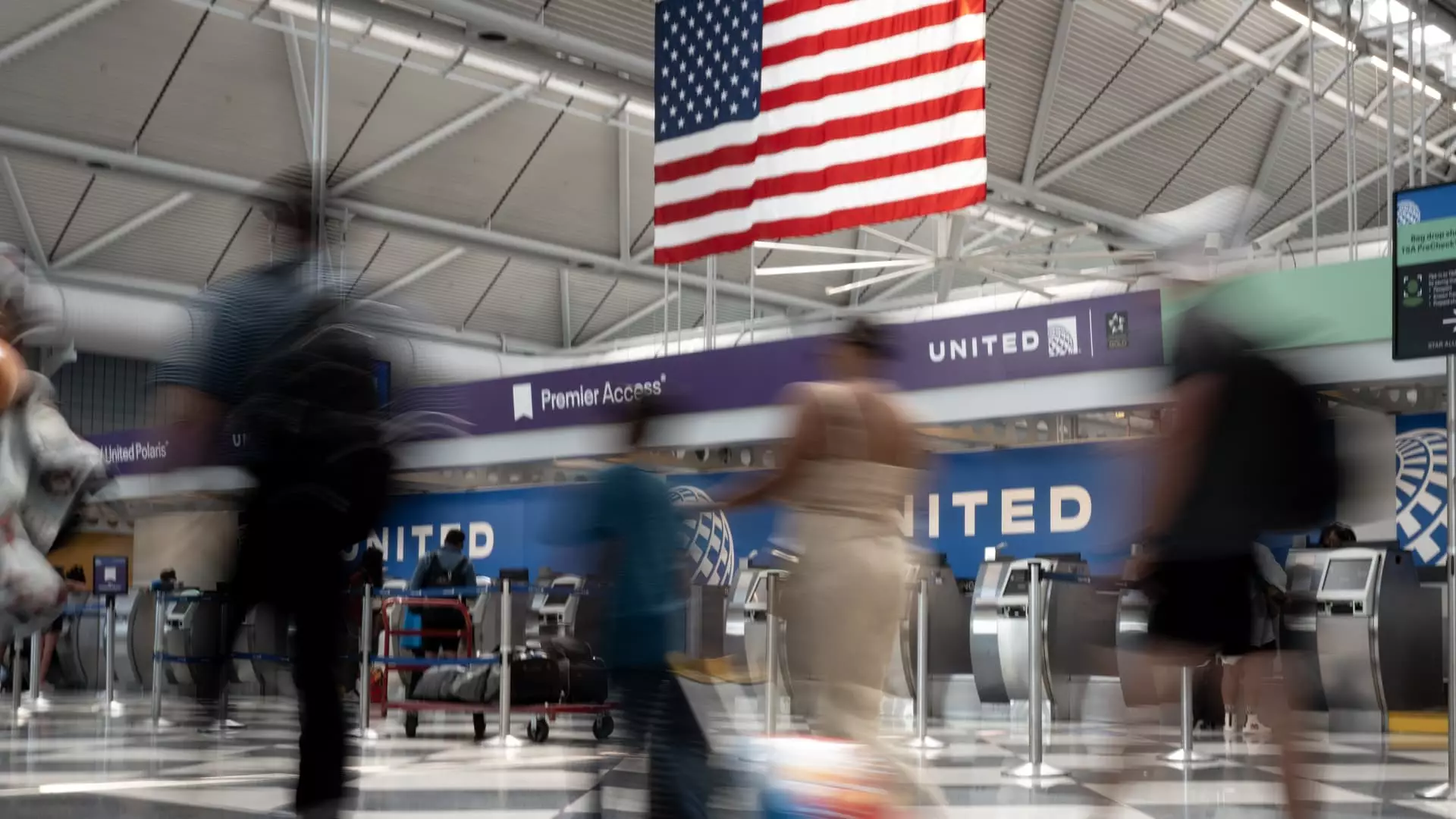The airline industry has seen record air travel demand this summer, but this has not translated into record profits for U.S. carriers. Despite predictions of increased revenue, airlines are facing a disconnect between demand and profitability. Higher labor and other costs are eroding bottom lines, putting pressure on carriers to find solutions to these challenges.
A key factor contributing to the profitability challenges is the increase in labor costs. As airlines face slower demand growth and other headwinds, some have been forced to slow down hiring compared to the rapid expansion seen after the pandemic. This scaling back of recruitment efforts reflects the need to control costs in a competitive market where profit margins are tight.
Furthermore, delays in the delivery of new, more fuel-efficient aircraft from manufacturers like Airbus and Boeing have added to the industry’s woes. The grounding of dozens of jets due to a Pratt & Whitney engine recall has only exacerbated the situation. With airlines increasing capacity by flying more seats, the rise in costs has outpaced revenue growth, putting a strain on profitability.
The performance of the airline sector has lagged behind the broader market, with the NYSE Arca Airline Index down nearly 19% this year compared to the S&P 500’s 16% gain. Uncertainty looms over the third quarter as analysts struggle to make predictions amidst various challenges. Potential factors such as weaker spending from coach-class clientele, the impact of the Paris Olympics on European bookings, and shifts in corporate travel demand add to the complexity of the situation.
Investors are awaiting quarterly results from airlines like Delta Air Lines, which has been considered the best performer in the industry. Despite its success in marketing premium seats and its partnership with American Express, Delta’s forecasted earnings for the second quarter reflect a downward trend from the previous year. However, analysts believe that Delta, along with rival United Airlines and Alaska Airlines, are less exposed to earnings risks and offer better free cash flow compared to other carriers in the market.
Amidst the challenges facing the industry, airlines are looking for ways to adapt and innovate to improve their financial performance. With the surge in air travel demand, carriers have been expanding their schedules both domestically and internationally, leading to lower fares. The increase in U.S.-Europe capacity and new routes targeting leisure travelers demonstrate the industry’s commitment to meeting evolving consumer preferences.
Some airlines have embarked on revenue initiatives to boost their bottom lines. For instance, Southwest Airlines is under pressure to revamp its business model and accommodate changing customer needs. Competing against larger rivals, Southwest aims to enhance its revenue streams by introducing new strategies tailored to meet evolving market demands.
Additionally, money-losing carriers like JetBlue Airways and Frontier Airlines are making strategic changes to improve their financial standing. From cutting unprofitable flights to offering bundled fares and eliminating change fees, these carriers are adapting to the evolving market landscape. Despite challenges like the Pratt engine grounding and potential furloughs, airlines are exploring innovative solutions to navigate through turbulent times.
The airline industry is grappling with a mix of challenges and opportunities as it strives to balance record demand with declining profitability. By addressing cost pressures, leveraging revenue initiatives, and embracing innovative strategies, airlines can position themselves for sustainable growth in the evolving market landscape. As the industry continues to navigate through uncertainties, adaptability and resilience will be key to overcoming challenges and seizing opportunities for long-term success.


Leave a Reply